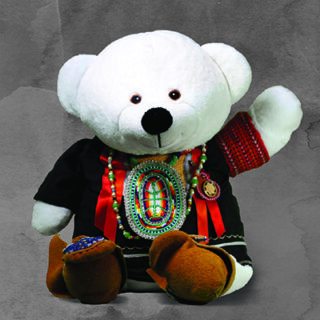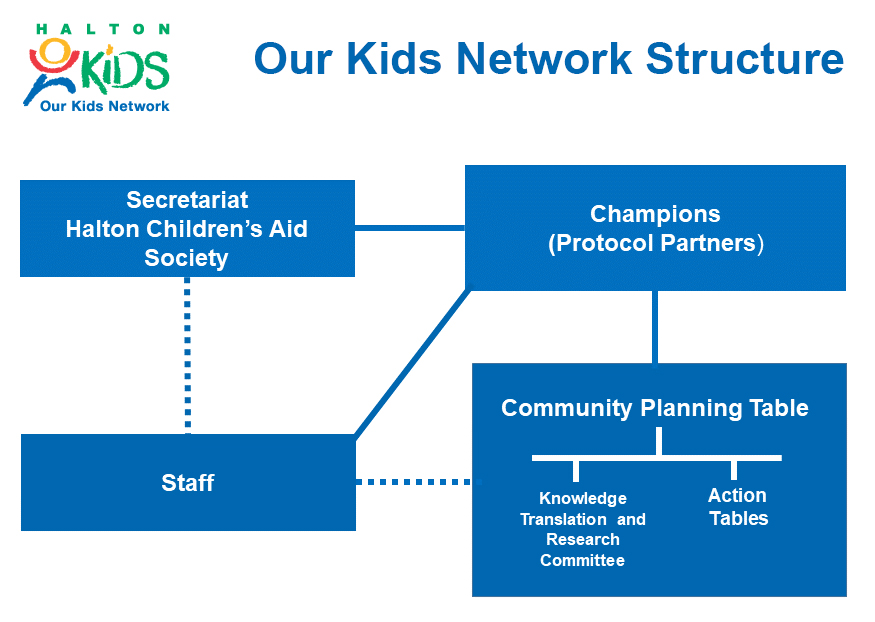By Angela Bellegarde, Our Kids Network Indigenous lead
This year marks the 30th anniversary of Canada signing the United Nations (UN) Convention of the Rights of the Child, established in 1989. In fact, the UN’s Declaration of the Rights of the Child was developed 30 years before that in 1959. As chosen by Children First Canada, this year’s theme is “8 Million Strong” which represents the number of children in Canada. Especially poignant and important this year, is that the day will also serve to amplify the unique concerns of Indigenous children in Canada.
What are the Rights of the Child?
Children, like all humans, have rights that are specific to them. Child rights fall into four specific categories: Survival, Development, Participation, and Protection. Many Canadians know that having access to housing, adequate food and clean drinking water, an education, and the ability to speak their minds is not an issue for children in Canada. Thankfully, for most children these essential aspects of life are not a concern because we live in one of the best countries in the world.
However, as Canadians, we also know that there are still many children who face extreme inequities and live in adverse conditions. Many Indigenous children and families do not have access to clean water, or adequate education, shelter, and food security.
Intergenerational Trauma Continues to Impact Indigenous Children and Youth
I had to have a difficult conversation with my children and mom recently. In a meeting I had attended, an Elder mentioned that ground penetrating radar was being used at the former Mohawk Residential School in Brantford. You might know it as the Woodland Cultural Centre. That same day I learned that a similar search was underway at Lebret Residential School, in Saskatchewan, where three generations of my family lived as children.
I felt I needed to prepare my family for the terrible news that is coming. It was most difficult to speak with my teenage son about this. School is safe place for him. He is a high achiever who is proud to identify as Indigenous. It is very hard to have a conversation about the rights of children in Canada when we know the Truth about the violent and genocidal treatment of Indigenous children who attended Residential Schools.

What can You Do?
Learn more, do more, advocate more. Seems a bit trite but it really does sum it up. The links below will get you started. Take some time to go through them and think about how you can help promote the rights of Indigenous children on National Child Day in Canada. Be creative. Look for ways to advocate and educate so all Canada’s children have their rights realized. #everychildmatters.
Autumn Peltier, Chief Water Commissioner for Anishinabek Nation speaks to the fact that the right to clean drinking water is not fulfilled in her community in northern Ontario.

Cindy Blackstock, Executive Director of the First Nations Children’s Society works tirelessly to dismantle the systemic racism that Indigenous children continue to face. The Caring Society has 7 free Ways to Make a Difference (campaigns) for First Nations children and their families. Learn more about these 7 Ways and how you can participate!
Creative ways to celebrate and advocate on National Child Day!
Go Blue Toolkit
National Child Day – Canada.ca
Videos that explain the Rights of the Child:
Understanding Children’s Rights
UN Convention on the Rights of the Child
Watch 13 year old Autumn Peltier address the UN.

